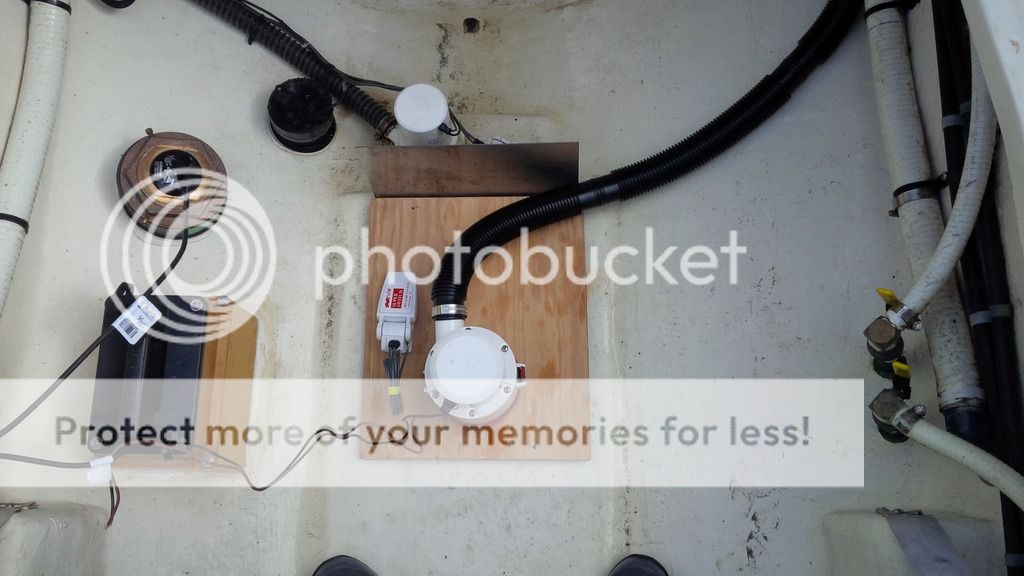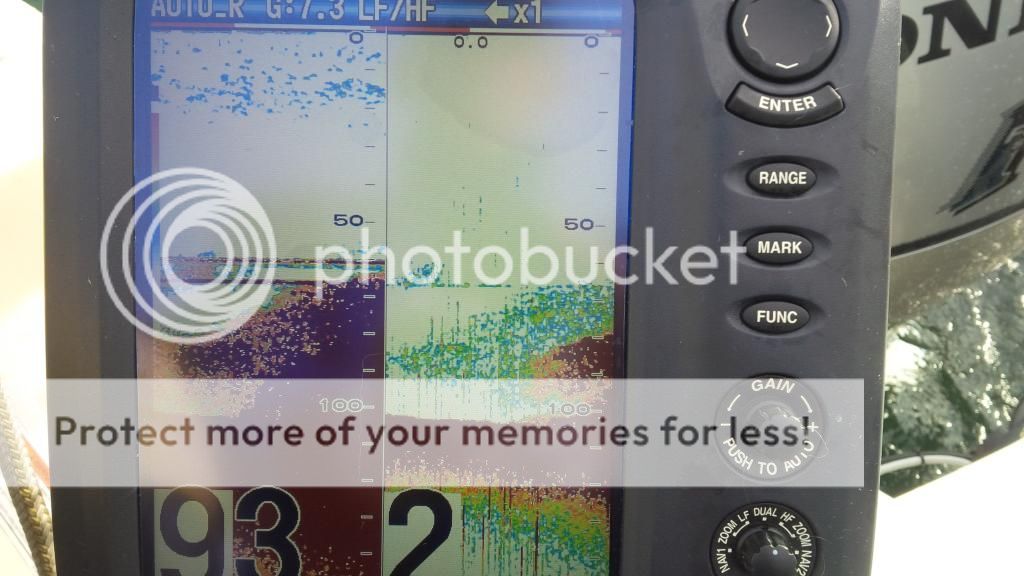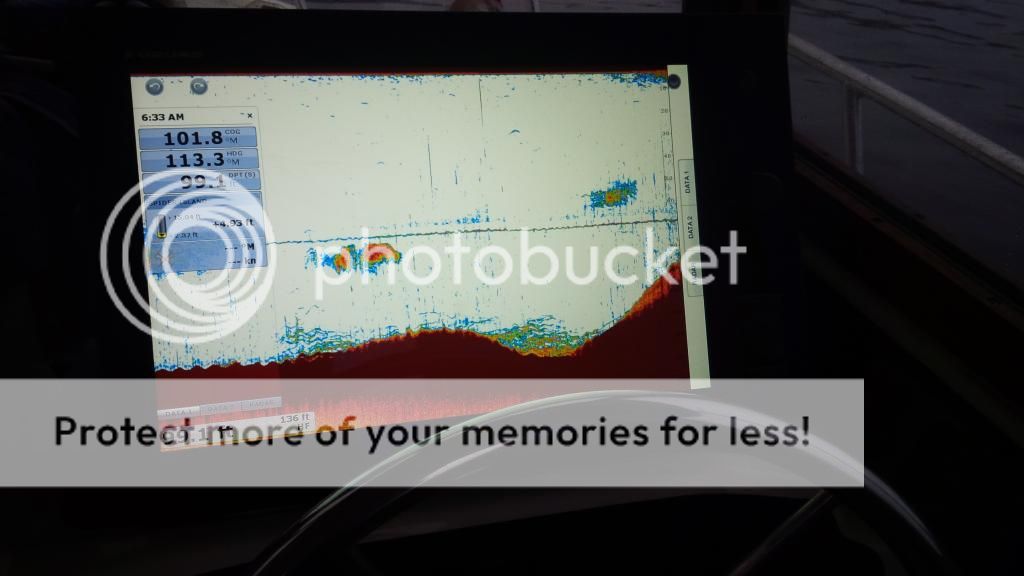I was an early adopter of 1 KW transducers, both CHIRP and non-CHIRP. I've had the in-hull M260 in my last three boats and the Furuno DFF1-UHD paired with a B175W (CHIRP) in my last 2 boats
Despite having all that fire-power, my bread and butter sonar is a Furuno 587 paired with an old-school P66 50/200 600W transducer.
I should say I don't fish particularly deep --- zero to 70 M would capture the normal probing I'm doing in the water column. I will also admit that I remain a bit skeptical about all the claims I hear of being able to pin-point individual salmon feeding in bait balls from the CHIRP guys--- yes, sometimes, if the depth and conditions are right.
I'm more interested in tracking the bait and my gear's relation to that bait. The p66 does this just fine, although it's true you don't get the crystal clear target returns you get from CHIRP (simply because you're not throwing as much power down on the target)
Here's a pic of the recent B175W install I did in my latest boat--there's almost zero interference between the M260 in hull and that slab of brass aft which was a pleasant surprise

And here are some screen shot comparisons of the various technologies. First shot is the "old school" P66 firing up the screen of a Furuno 587
Yes, not the clarity and delineation of target you'd get with a 1KW transducer but it definitely gets the job done. I am able to see the bait ball, see the relationship of my gear to the bait ball and by goosing up the gain, I was able to see that my plug-cut is spinning just fine. I got a take-down just after I snapped this screen shot

This is a screen-cap of the CHIRP B175W firing a Furuno TTzT with the DFF1-UHD sonar module. Much cleaner returns an
d I can clearly see my plug-cut spinning . I got a take-down after this shot though I was not able to discern any obvious predator sign on the screen. I should point out that this might be the downside of a "W" designated transducer---you get a wide beam capturing lots of targets but it lacks the pin-point target pinging that you might get from say, a 6 degree beam as found on some of the other transducers

I will say that a properly placed through-hull CHIRP gives stunning results at speed---note the "properly placed"--- even a glob of sealant upstream of the face of a CHIRP transducer will cause turbulence and picture degradation. But if you have smooth laminar flow across the face you can maintain a crystal clear picture at WOT. This is NOT the case with a P66 or any transmon mounted transducer---as soon as you fire up the main and bump up the RPM's, there goes the picture due to turbulence
The upside of holding picture at speed---you can fly across a new spot and make a quick decision whether or not there's enough sign below the boat to warrant a quick burst with the gear.
I recall a few years ago---high noon, not much going on, I'd pulled up stakes to make a move---I was going 25 knots in 200 M of water minding my own business when there, in the middle of nowhere, I saw a couple of raspberry shaped bait balls showing on my CHIRP screen in 30 M of water, with some very suspicious looking single red dots above the ball and off to the sides.
I circled around, dropped a spoon in and in short order netted a spring and two coho. So when I say you can't differentiate predators from bait using CHIRP, don't believe a word I say (though an experienced fisherman who knows his way around the settings of his sonar could probably show the same picture using a P66....)
The big difference, however---not at speed due to turbulence at the transom. If you're comfortable drilling a hole in the bottom of your boat, Airmar makes a B60 which has the same 50/200 kHz / 600W spex as a P66 , but being a through-hull, you side-step the loss of picture at speed




